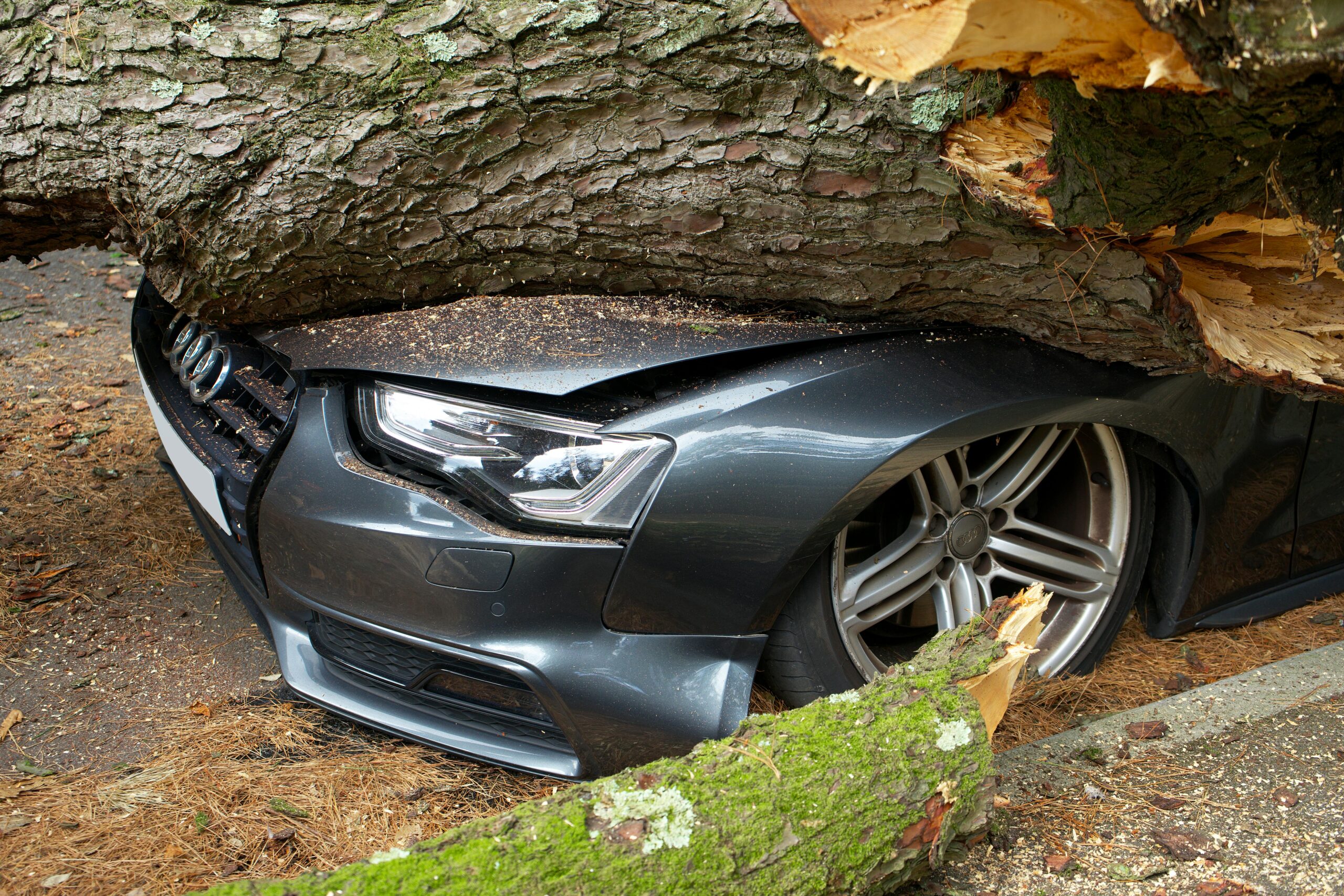by Alasdair Peterson, Lecturer in Private Law, University of Edinburgh
Introduction
In a recent case, AC & IC Fraser & Son Limited v Munro [2024] SAC (Civ) 41, the Sheriff Appeal Court was faced with two issues relating to the law of servitudes: firstly, whether a landowner’s inaction in response to its neighbour’s use of a diverted route had led, through acquiescence, to a variation in the route of a vehicular right of access; and, secondly, whether an additional pedestrian right of access had been established through positive prescription despite the landowner having permitted the neighbour’s predecessor to use the route over which a servitude was now claimed.
Although these issues are doctrinally distinct, a common theme emerges from the court’s deliberations: how best to characterise a landowner’s response (or lack of response) to a neighbour using their land in a manner apparently unsupported by any existing right of servitude.
In its opinion, delivered by Sheriff Principal Pyle, the court refers to several different descriptions which could be applied to a landowner’s response (or, again, lack of response) in this context – namely “acquiescence”, “permission”, and “tolerance”. As will be seen, although these descriptions overlap in their everyday meaning, their legal meanings are substantively different. Deciding which description best characterises a landowner’s behaviour will therefore be significant when determining whether land has been burdened with a praedial servitude or remains free.
Leave a Comment



